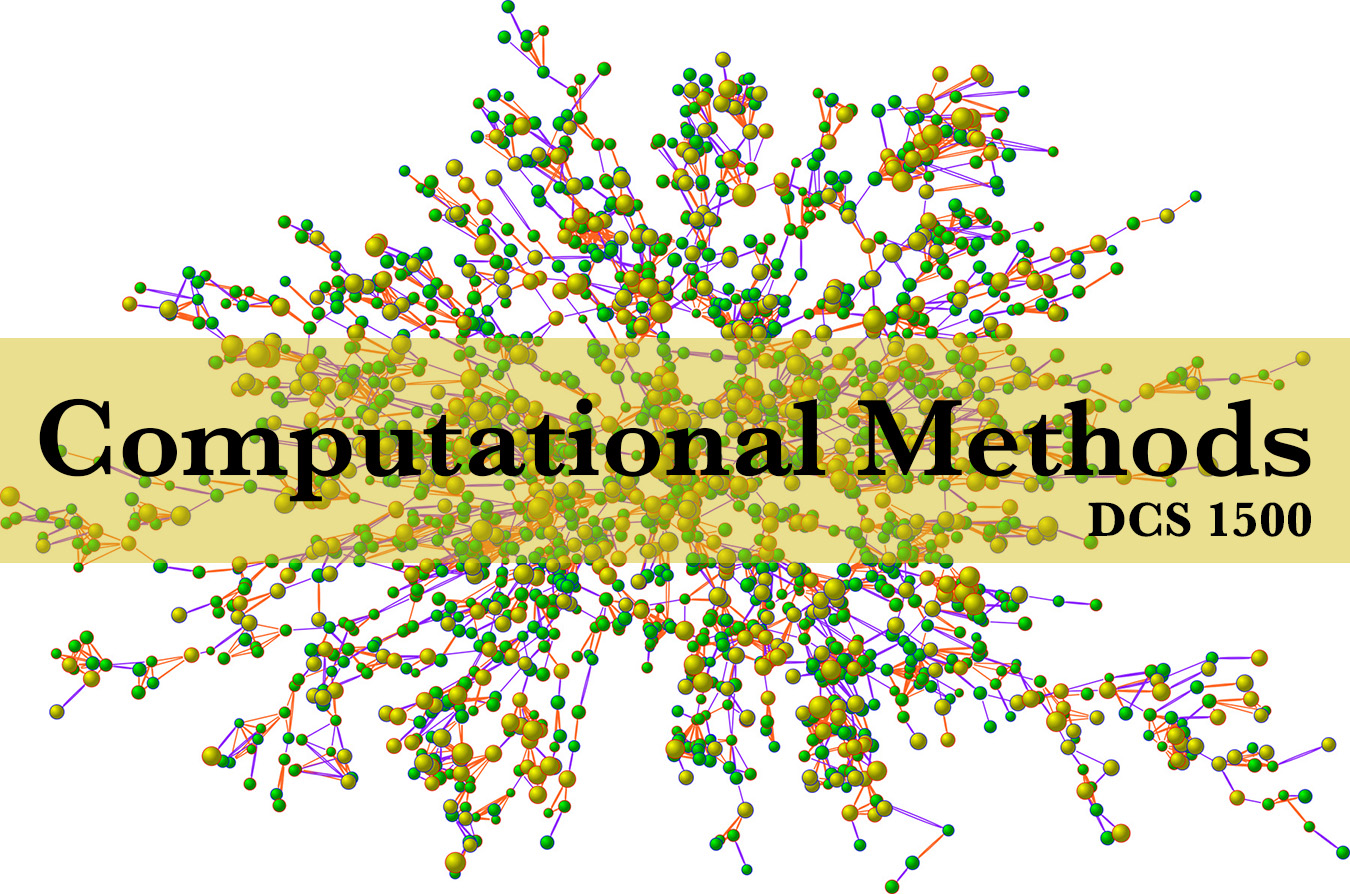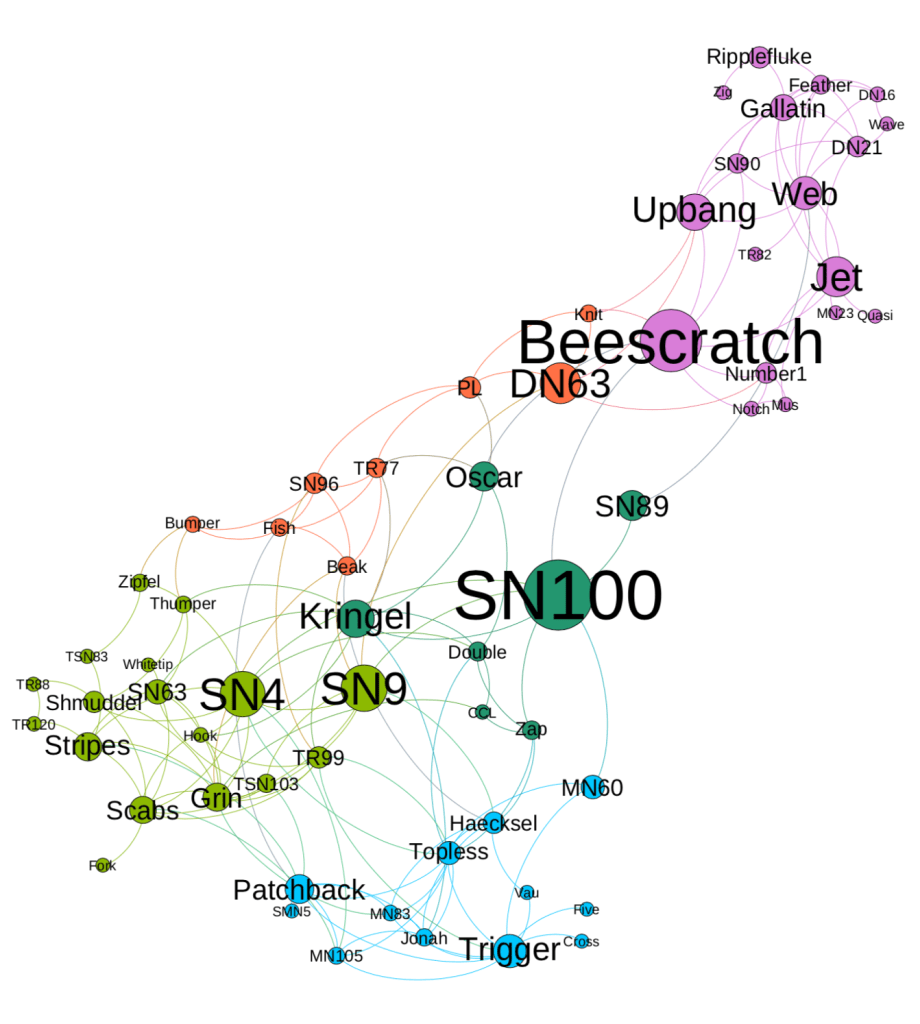| Professor: | Mohammad T. Irfan Email: mirfan@bowdoin.edu Office Hrs: Wed 3-5:30pm Fri 10am-12pm Office room: Mills 209 |
| LA: | Narmer Bazile & Emily Simons LA hrs: Tue & Wed 7-9pm (Emily) Thu 7-9pm (Narmer) LA hrs room: Mills 105 |

A lot of the most consequential computational studies have come from folks who are not computer scientists. Example: medical sociologist Christakis and political scientist Fowler showed that obesity is contagious (NY Times article, their paper).
What is this course about?
|
||||
|
Discover the joy of programming: It's not restricted to computer scientists! Learn Python and R: Two of the most widely used languages, these are the Swiss army knives in your toolbox (for the good). Acquire some additional tools: Tools like Gephi (for network analysis) are valuable for interdisciplinary studies. No GIS, however (check out an array of DCS courses on GIS). |
||||
Course Description:Computational tools, including programming, are increasingly important across the liberal arts. Such tools, however, cannot be effectively created or used without a fundamental understanding of computation. This course provides a foundation for the use of these tools in conjunction with the critical framework of DCS. A major goal of the course is to teach introductory programming in Python and R, but with a focus on how programming can be used to complement and even to implement methodologies including text analysis, network analysis, and visualization. Students will use these methods in the service of critically engaging with data. E.g., where computer science focuses mainly on problem solving, this course is fundamentally about exploration and often problem discovery. No prior programming knowledge is required. Prerequisites:None. If you already know pogramming well, this course is not for you. |
||||
Learning Goals
|
||||
|
Even after 5 years:
|
||||
|
||||
| ||||
|
||||
| ||||
What are the main units?
|
||||
Unit 1: Computational thinking using Python (9 weeks)We'll start with computational thinking and its applications using Python programming. Our focus will be on a variety of data, including network data. We'll finish this unit by connecting Python with Gephi for network analysis and visualization (9 weeks). There will be two projects on this unit.
Unit 2: "Data science" using R (5 weeks)
We'll learn R pretty quickly,thanks to our knowledge of Python. We'll then see how R can be used to extract information from raw data. It's true that whatever we can do using R, we can do the same thing with Python. The reason we'll learn R is twofold.
|
Instructor
Time & Place
| Lectures: | MW 11:40-1:05 |
| Room: | Mills 210 |

